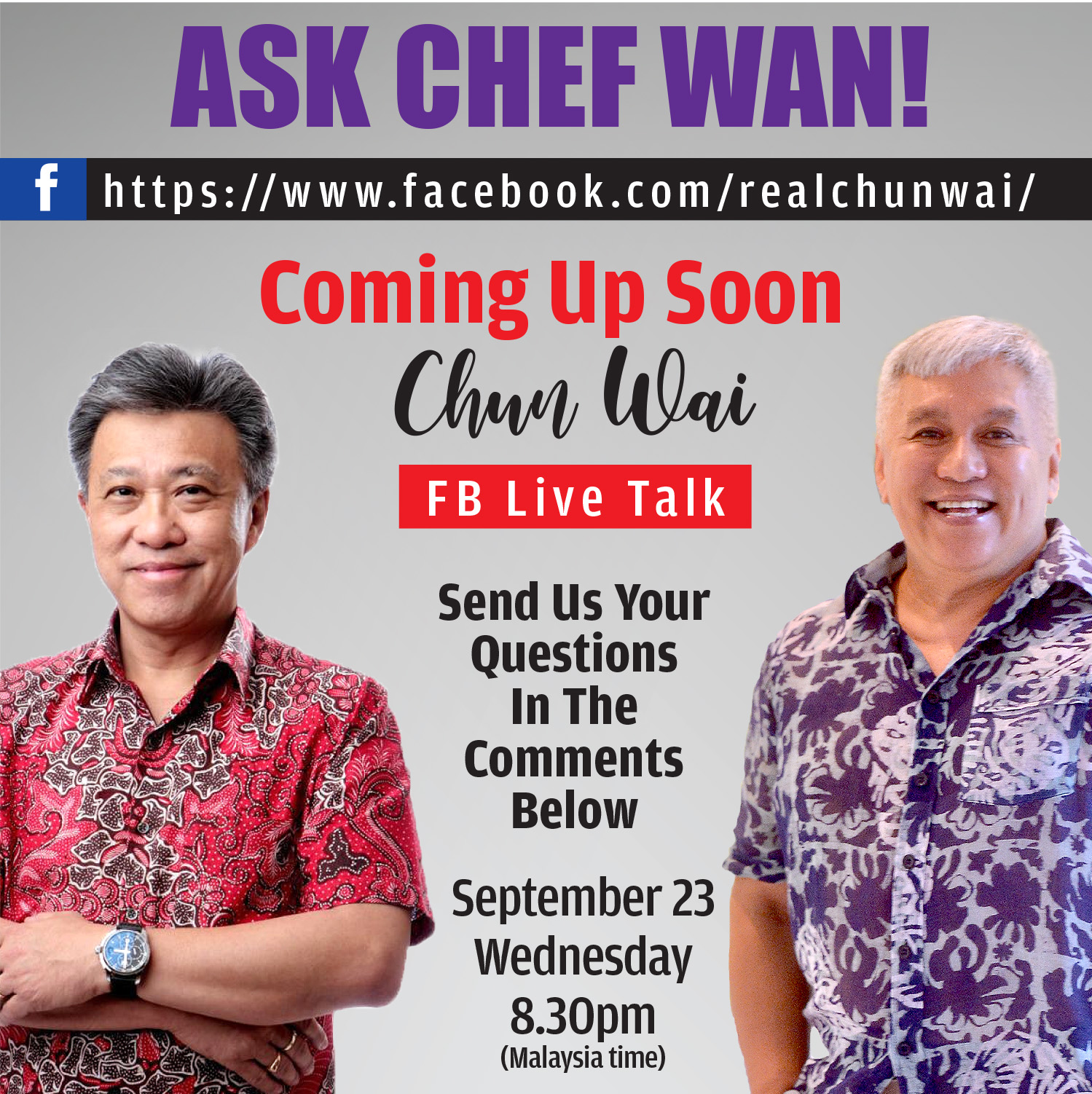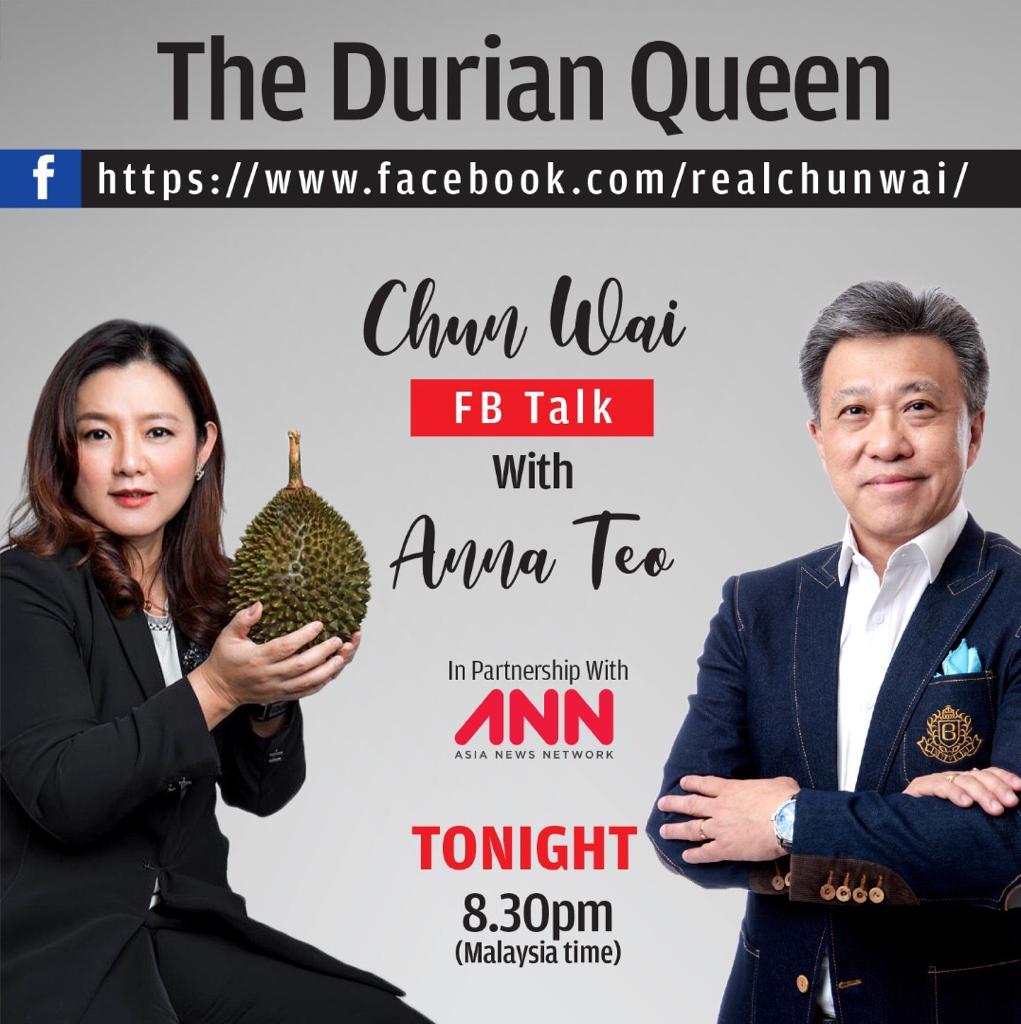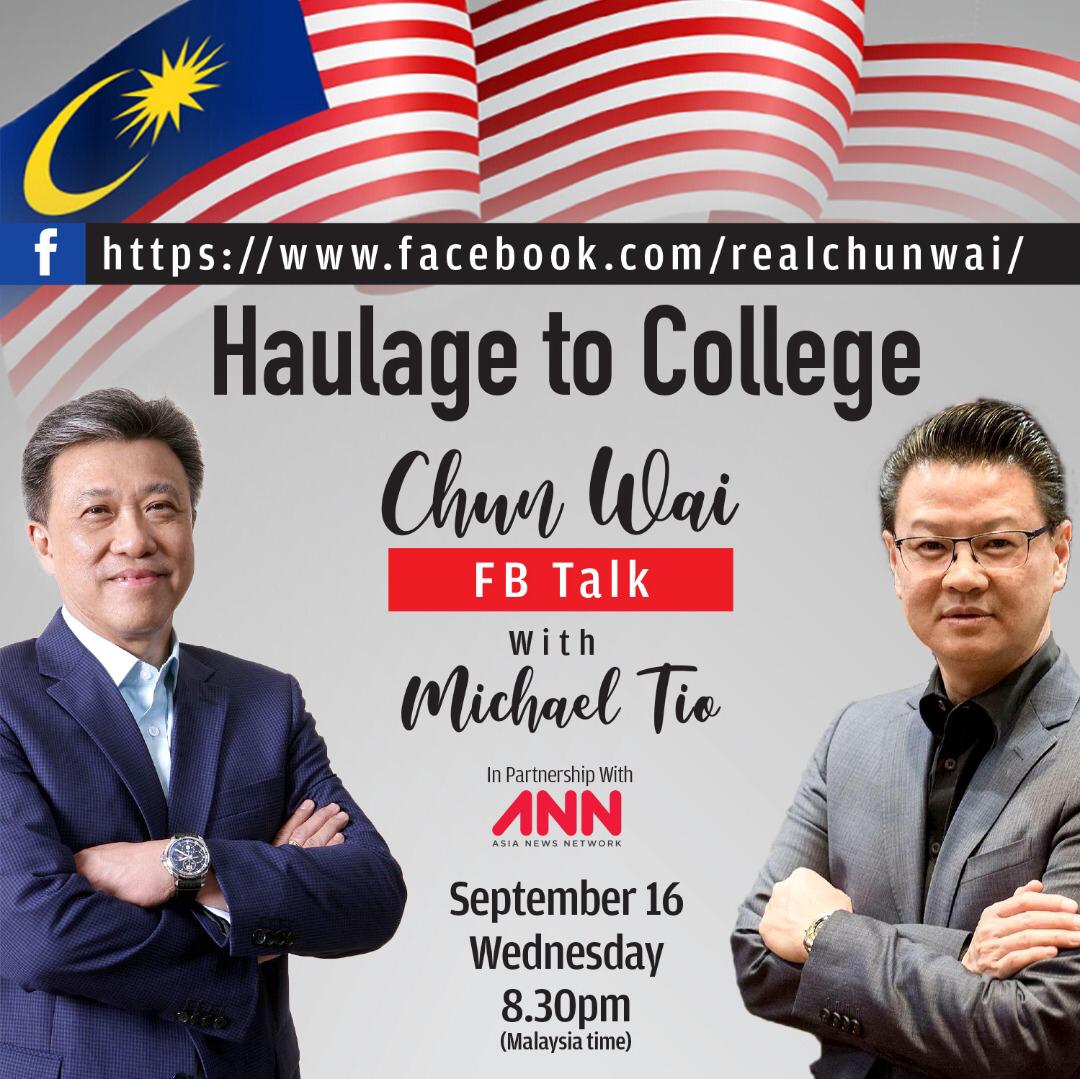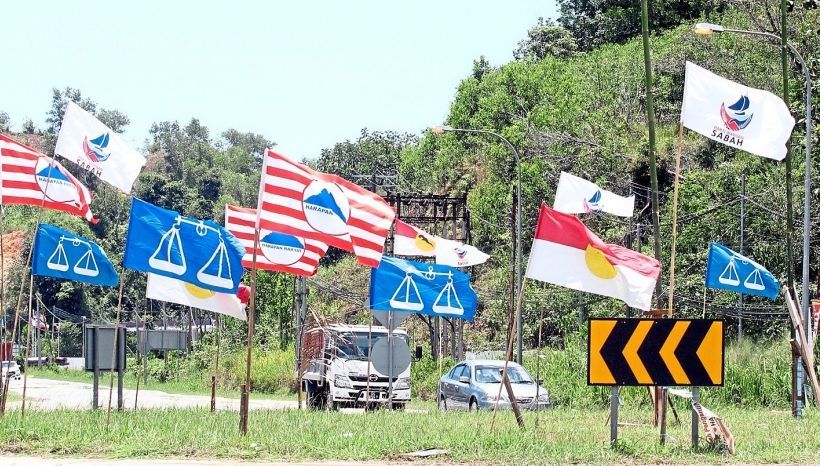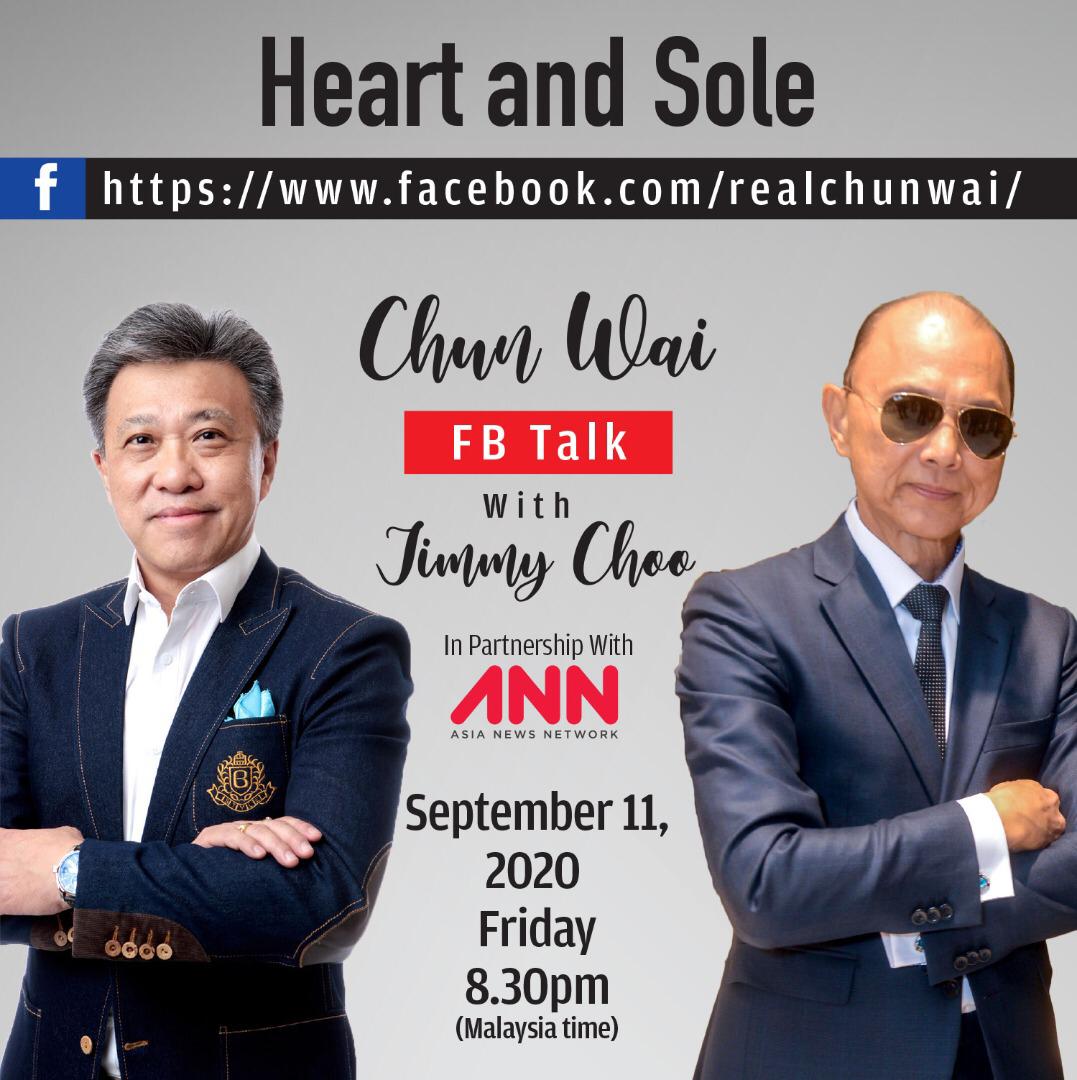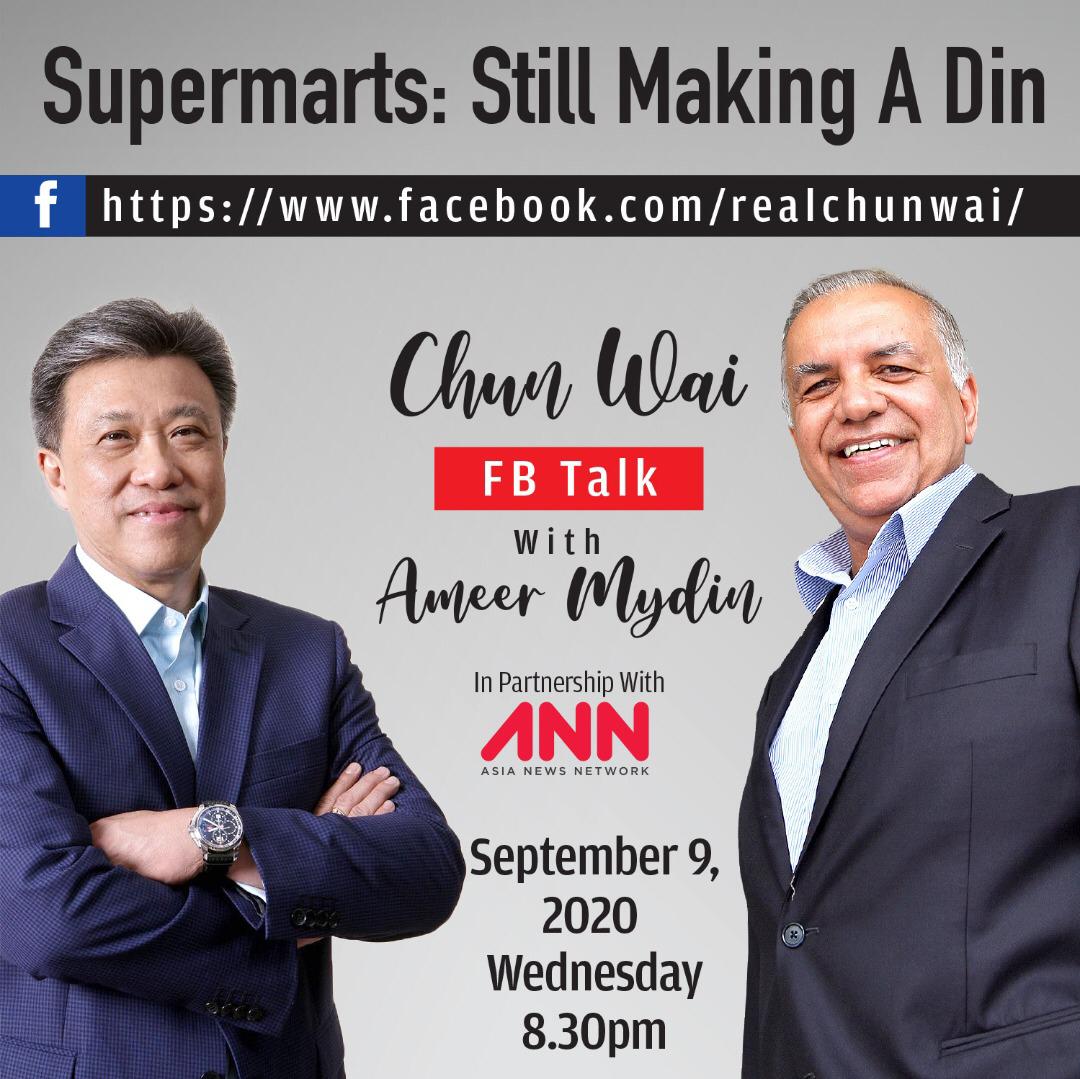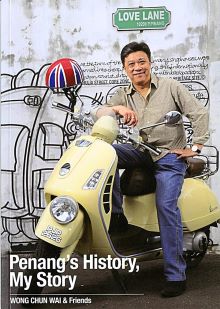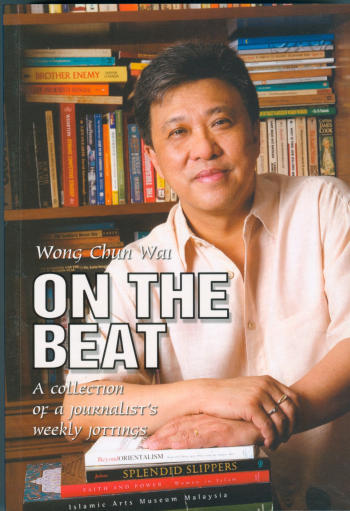THERE’S a Malay word to describe the current state of politics in Malaysia: meluat. It means disgusted, but the gravity of its meaning is best delivered through the original Malay word.
Ordinary Malaysians, who are struggling to pay their bills with their limited salaries, have no time for the intense politicking that’s unfolding.
Why should they care about power struggles, be it the front door, back door or revolving door varieties, when most workers are only worried about losing their jobs? After all, they may be shown the door by their bosses in these tough times.
As the moratorium for loan repayments comes to an end, the brunt of Covid-19’s impact on businesses will now be felt as relief aid comes to an end soon, too.
Small businesses, which can no longer keep their heads above water, will likely pack it in because higher operating costs can’t offset dwindling returns.
Concerns have been voiced about the downward trend causing insufficient funds for staff wages and other expenses.
Employers can no longer dig into their reserves to pay the bills since their clients are showing little sign of paying up. Cash flow is running dangerously low.
Businessmen and workers are counting how much money they have left and not how many members of Parliament can be secured for a power grab.
They are worried sick looking at the pile of letters from debtors, creditors and banks, not to mention the Inland Revenue Board.
Who gives a damn about valueless statutory declarations (SDs) signed by disreputable politicians?
These squabbling elected representatives are more concerned about their own positions and what benefits they can secure for themselves and their cronies instead of our wellbeing, the common folk.
It’s about chasing a government post, being chairman or director. If it’s none of the above, then it’s about securing a Tan Sri or Datuk title.
Have we heard any concrete ideas or proposals from our 222 lawmakers on how we should take Malaysia forward in the current situation? The silence is deafening.
Even the numerous webinars involving our businessmen have been mostly disappointing and self-serving affairs because they invariably degenerate into whining sessions with few valuable ideas. What’s worse is, most of the time, they end up just being sessions to promote products.
I’m glad the Sabah elections have come to an end, so that’s one to consign to the past.
But it’s incredulous that the same politicians who expressed their disgust at party hopping are also the ones who toppled the Barisan Nasional government in 2018, and then formed the Warisan-led state government via the defection of six Barisan assemblymen.
And there were even voters who cheered and supported these politicians who planned the frog jumping exercise.
Then, we have these Sabahan politicians from all sides, who spoke passionately about their state’s rights and how the Federal Government has not fulfilled its responsibilities.
But the trouble is, all of them were part of the ruling Federal Government for decades, all holding Cabinet positions. So what were they doing all along?
They had access to the Prime Ministers and attended Cabinet meetings, but now, Sabahans have all been short-changed.
So these self-serving politicians need to understand why we are fed up with their antics. Meluat lah.
Come elections, which have become more frequent of late, they will promise to serve us 25 hours a day and 400 days a year.
They will guarantee to always be accessible and never live in Kuala Lumpur. Sure, we believe them.
However, you won’t be able to reach them once they get elected. If you get hold of their assistants, consider yourself lucky. These MPs will likely have more phone numbers once they become Yang Berhormat.
One special number is for family, one for party and government bosses, one for party members, and the one that is always unused is exclusively for us.
If a newsman like me, who has the numbers of most Cabinet members, can still find it difficult to get them to return calls, then all the best to everybody else.
But some ministers have professed to receiving an average of between 800 and 1,000 texts a day, and that excludes the numerous chat groups they’re in, alluding to life being tedious because of this.
Some have even removed the blue ticks indicating a read message on their WhatsApp, or they could likely have just blocked us without us even knowing. Welcome to the technological age.
And some don’t even have the decency or courtesy to respond with “noted”, which is as non-committal as it gets. Perhaps it’s just poor social media etiquette.
Malaysians feel a sense of hopelessness over the current political impasse. We have a Prime Minister, whom most of us think is doing a good job of handling the Covid-19 situation and managing the economy the best he can.
However, his position is precarious because he has a wafer-thin majority.
That explains why he can’t haul up lawmakers who respond nonsensically in Parliament, take off on holidays and return unchecked, or even have fake qualifications.
He probably can’t distinguish between who supports him and who can’t wait to stick a knife in his back in this cloak and dagger scenario.
Umno is divided and it’s impossible to tell who’s speaking on the party’s behalf anymore. After all, two of its bosses are fighting multiple court battles.
Then we have Datuk Seri Anwar Ibrahim, who claims he has the numbers but has yet to cite his support. This isn’t the first time he has pulled this stunt.
The best way to fend off this cynicism and protect his reputation is to name the lawmakers, or better, line up all the MPs behind him.
The King can’t be expected to grant an audience to politicians claiming to have support to be PM every other month, and then go through the process of verifying all the SDs by speaking to each of the MPs.
His Majesty didn’t meet with Tun Dr Mahathir Mohamad, who had also said he had the numbers. I don’t think Anwar is going to get the meeting with the King either.
But what could really impact the PM is that if some Umno MPs renege their support, because then his majority would be further affected, and that seems to be the pressure being applied by Umno to call for a snap general election.
Anwar may not have the necessary numbers, but it can decrease the weight on the PM’s bench.
Anwar’s supporters, however, are insistent that this time, it’s not a stunt and that he truly has adequate support. After all, never say never, because politics is the art of making the impossible possible.
The only hurdle is that if indeed he is walking the talk, it’s still unlikely that Tan Sri Muhyiddin Yassin will hand the reigns over to him on a silver platter.
So, in all probability, the only resolution is to have a general election after the Budget in November and the tabling of the Malaysia Plan.
Time is running out because the Sarawak state elections must be held before June 2021, and talk is that it will be held by November or December, though it will most likely be in January.
Let’s have the general and Sarawak state elections in one go instead of having them separately. Get it all done by the first half of 2021.
A snap election will cost taxpayers a whopping RM1.2bil because of Covid-19 standard operating procedures, unlike the 2018 elections which cost less than half of that at RM500mil.
And naturally, we will also need to think of the spike in the number of Covid-19 infections, as is happening in Sabah now.
Politicians can talk about the figures they claim they have, but none of this is going to benefit us. Well, those of us, the “marhaen”, who place bets with gaming outlets, can at least win some prize money gambling with numbers.



